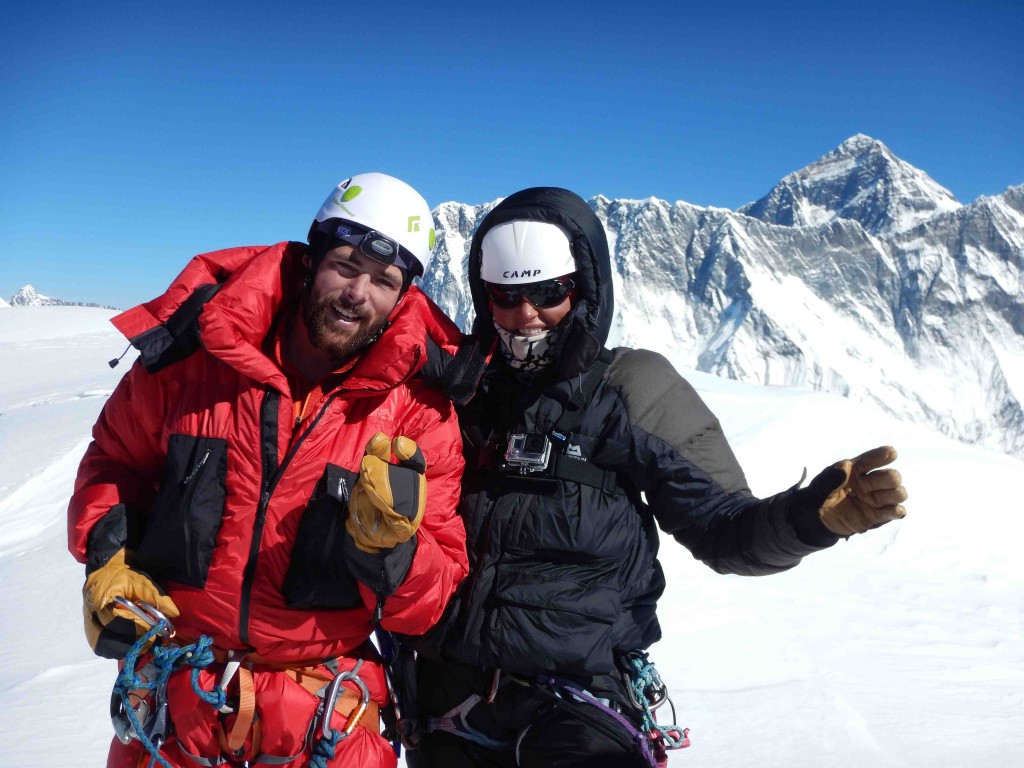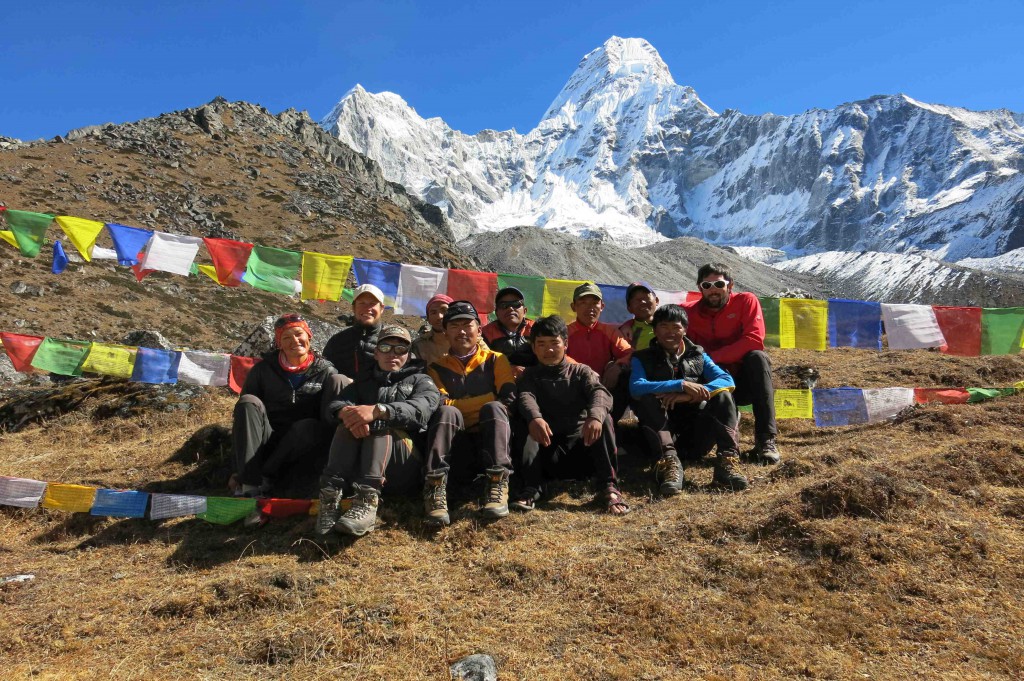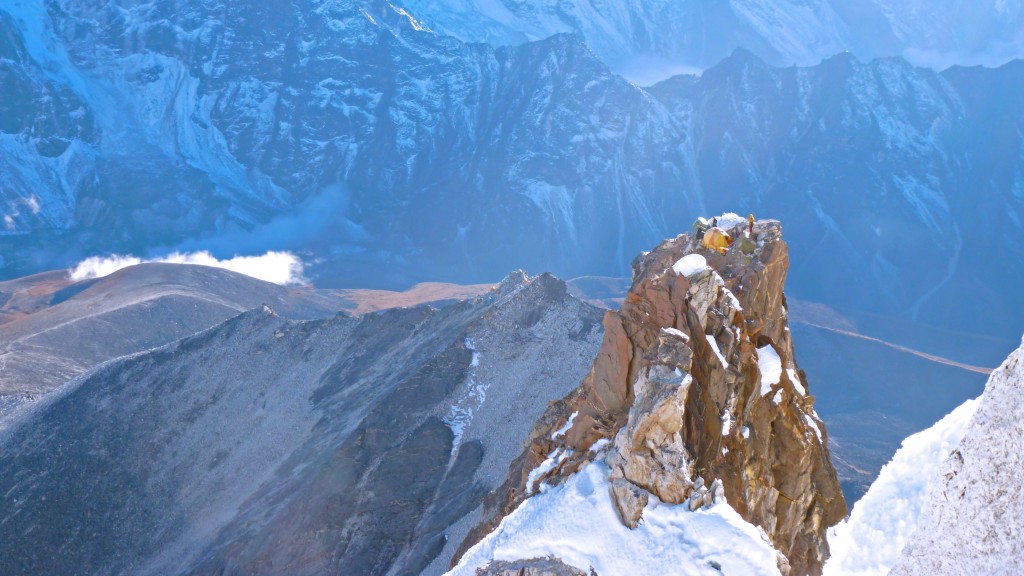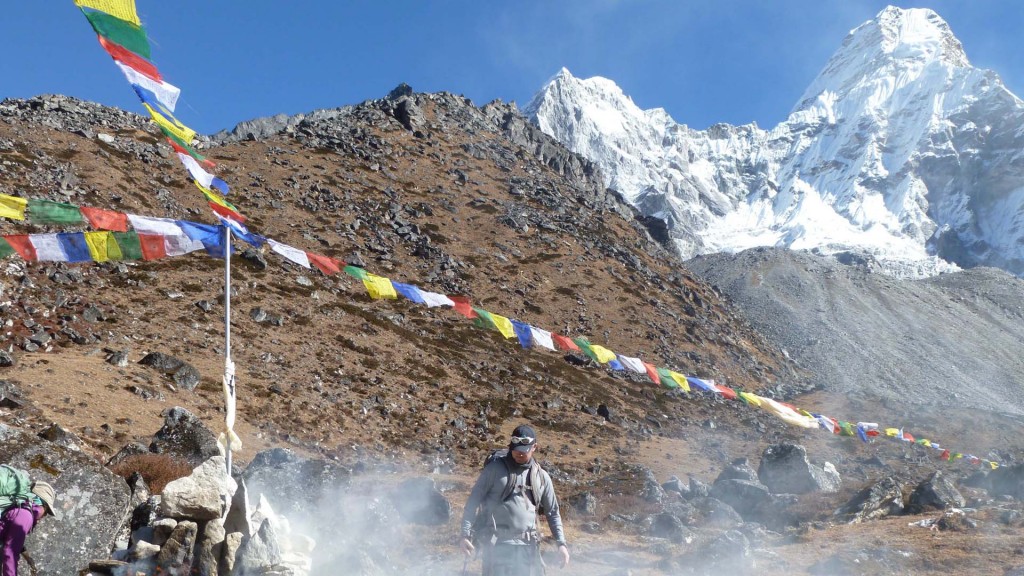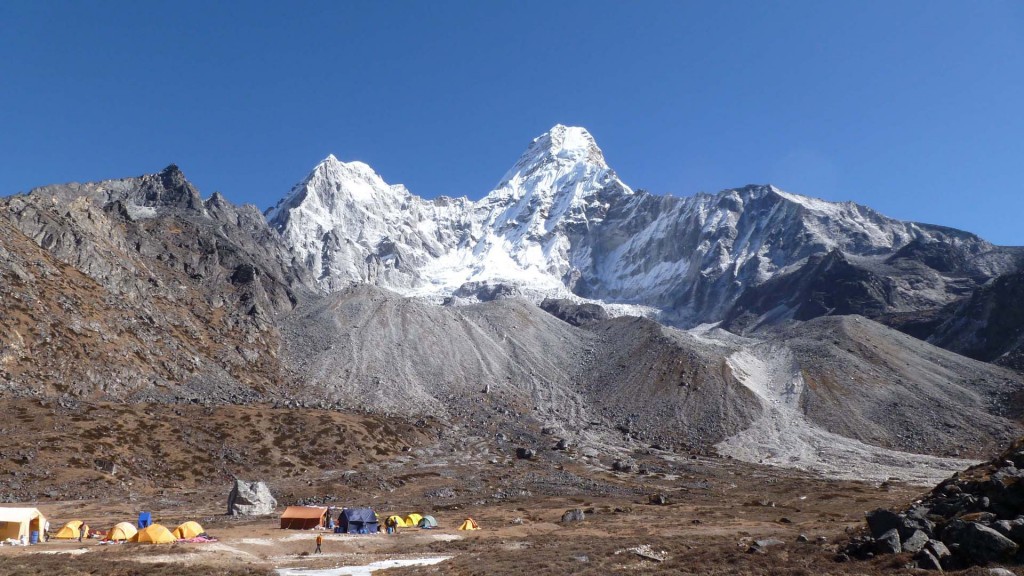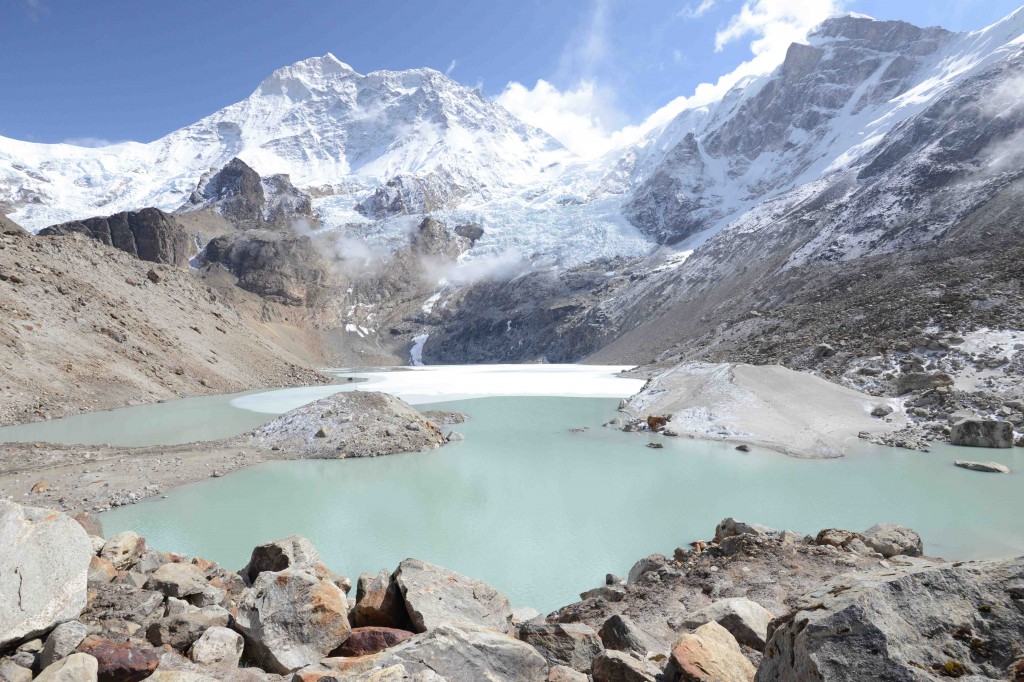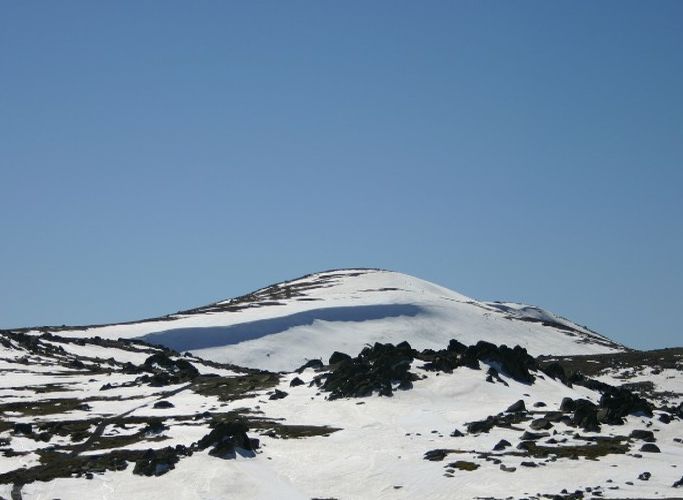
The Madison Mountaineering team has arrived in Melbourne to climb/hike the highest point on Oceania and one of the “original” Seven Summits. Kosciuszko (2228m / 7,310ft.) located in the Snowy Mountains of New South Wales is the highest point on the Australian continent. Climbers aspiring to reach the highest point on all 7 continents that comprise Earth’s surface usually make the trip “down under” in the summer months, December – February. Kosciuszko is rarely “guided” as logistically it’s pretty easy to make your way to the base of the mountain and, weather permitting, the journey to the summit is usually straightforward, although a few friends have reported white-out conditions and difficulty navigating during a storm. The ascent begins near the village of Jindabyne, and offers 3 different route options. We are planning to take the more challenging route up and one of the easier routes back down.
When American Dick Bass became the first person to reach the highest point on each of the 7 continents in 1985, Kosciuszko was a much smaller and easier objective by comparison to the others:
- Asia: Everest, 8,848m / 29,035ft.
- Africa: Kilimanjaro, 5,895m / 19,341ft.
- Europe: Mount Elbrus, 5,642m / 18,510ft.
- North America: Denali, 6,168m / 20,320ft.
- South America: Aconcagua, 6,961m / 22,837ft.
- Antarctica: Vinson Massif, 4,892m / 16,050ft.
And then there is the Carstensz / Kosciusko debate:
Another climber, who was also hoping to become the first person to climb the highest point on each of the 7 continents, and was in competition with Dick Bass, decided that Kosciuszko was not worthy of the challenge, given that the other summits are much more formidable objectives. Also, when considering all of Oceania as a continent, Kosciuszko is overshadowed by the peak Puncak Jaya (also known as Carstensz Pyramid) located in Indonesia. This climber, Reinhold Messner, has become one of the world’s best known climbers through his bold conquests: the first solo ascent of Everest, the first climb of Everest without the use of supplemental oxygen, the first climber to summit all 14 of the world’s 8000 meter peaks, and many other feats. Messner decided that nearby Carstensz Pyramid, should be considered the real climbing objective because it was much more difficult, both to access and to climb. Climbers in pursuit of the Seven Summits today usually attempt to summit both Kosciuszko and Carstensz Pyramid to cover all bases.
Start your own Seven Summits quest! Madison Mountaineering is currently offering guided climbs of Everest, Kilimanjaro, Mount Elbrus, Aconcagua, and Vinson Massif.
You can read more about the Seven Summits here: http://en.wikipedia.org/wiki/Seven_Summits

